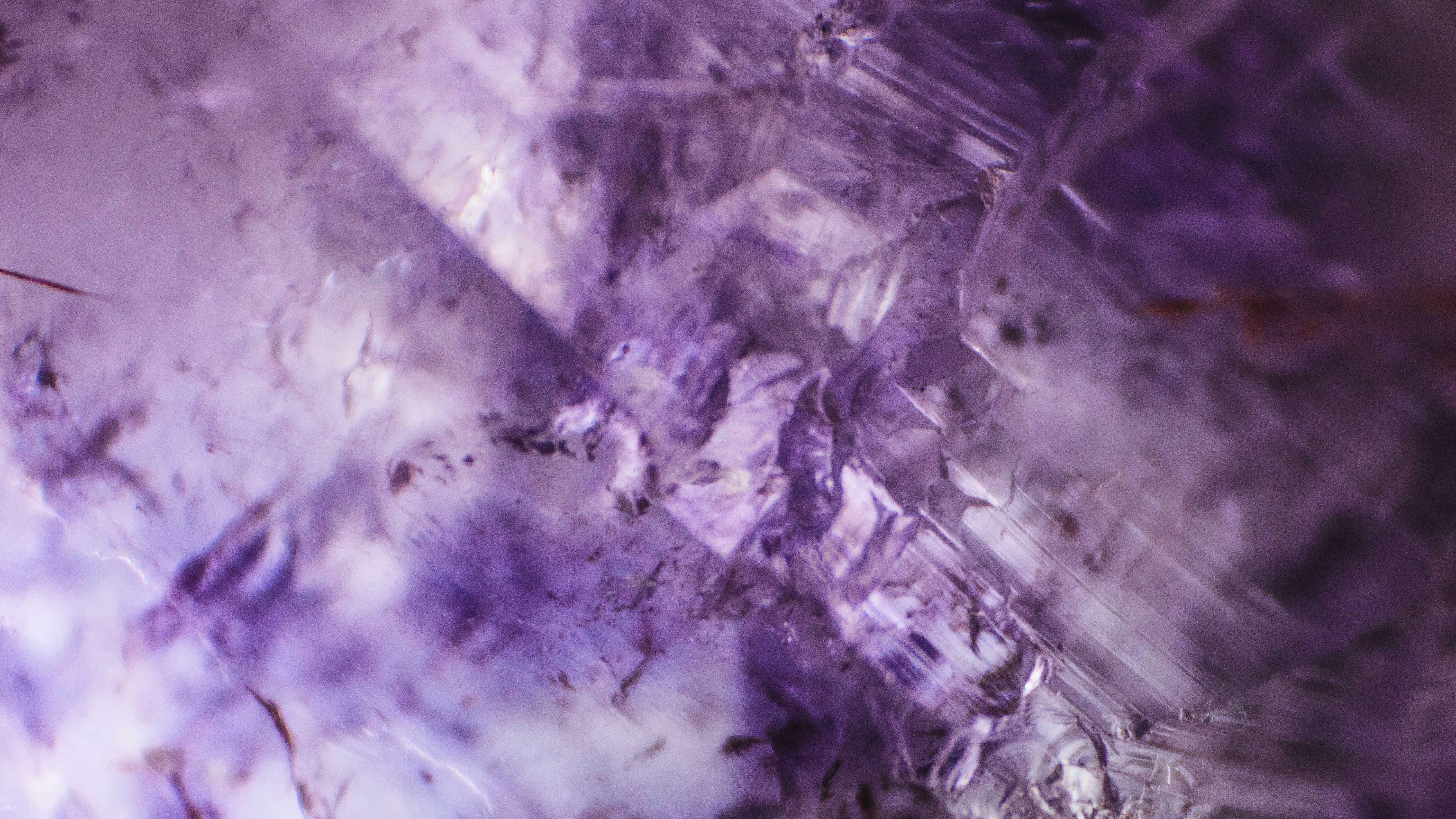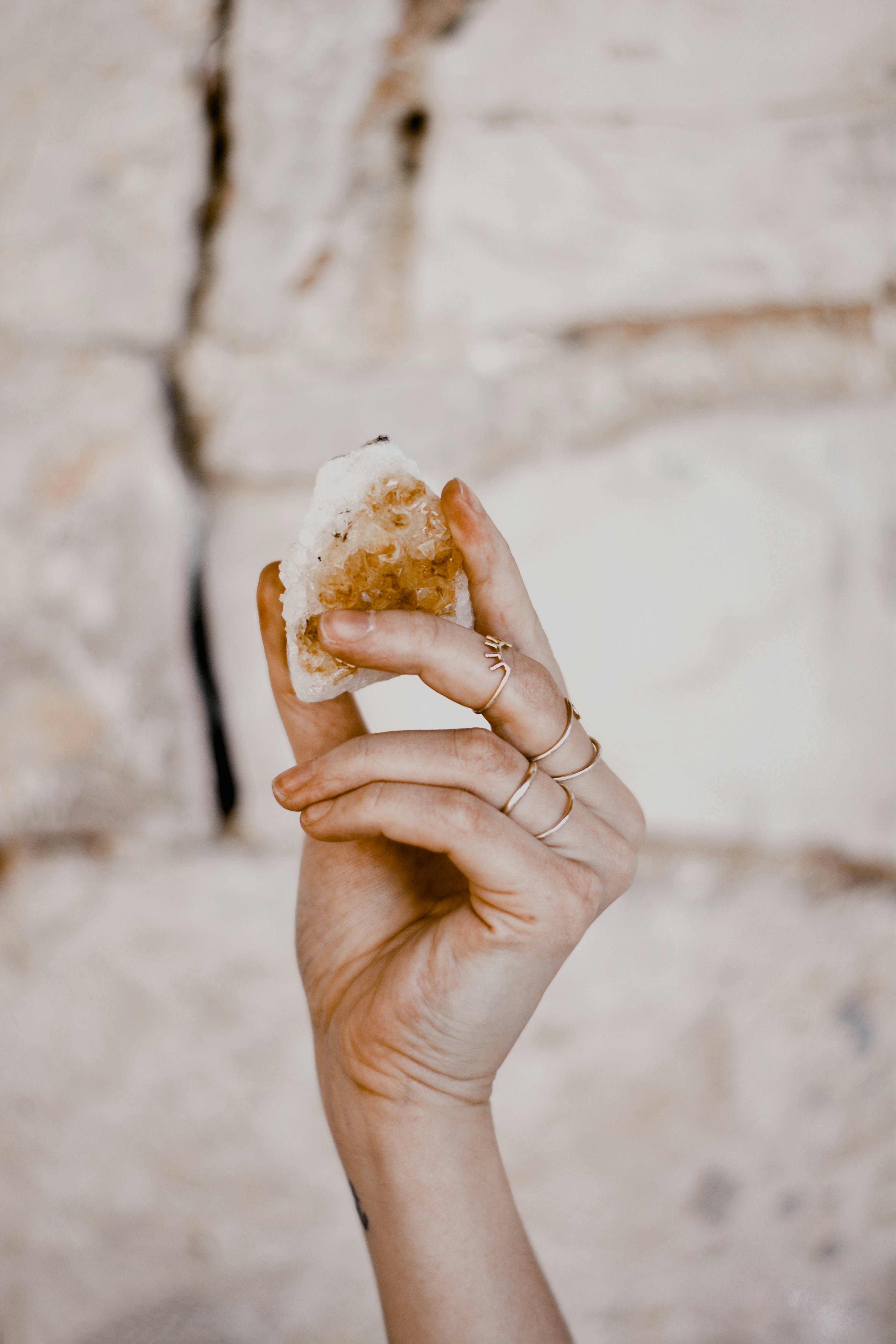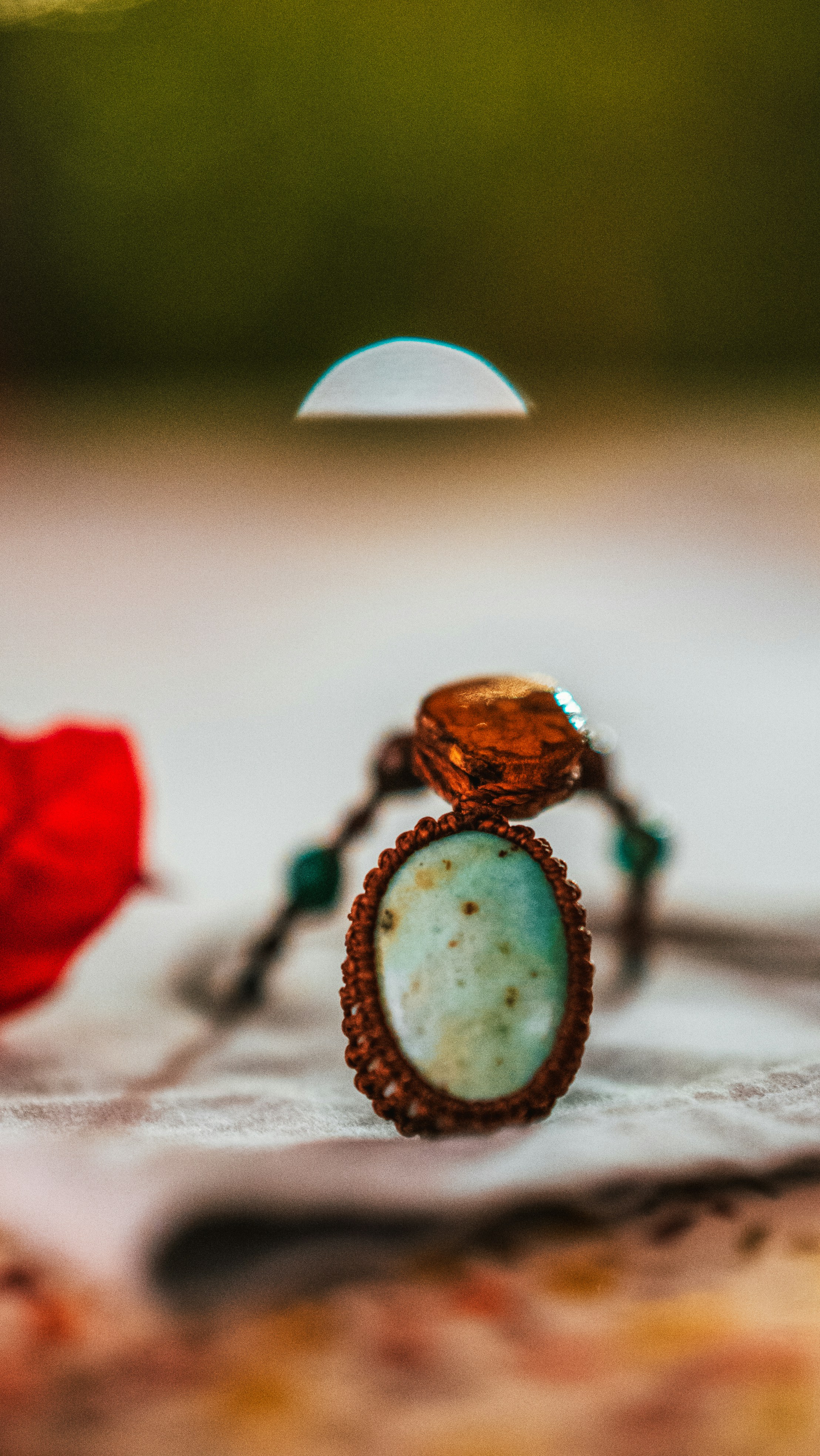Buying Guide To Vintage Hat Pins
Alexander Kellerson

Introduction to Vintage Hat Pins
Vintage hat pins are more than just fashion accessories; they are pieces of history that reflect the styles and craftsmanship of bygone eras. Collectors and fashion enthusiasts alike appreciate the intricate designs and materials used in these unique items. In this guide, we will explore everything you need to know about buying vintage hat pins, from identifying authentic pieces to understanding their value.
Understanding the History of Hat Pins
Hat pins date back to the 19th century, originally used to secure women's hats to their hair. They became popular in the Victorian era and evolved into decorative items by the Edwardian period, showcasing intricate designs and luxurious materials. Understanding the history of hat pins can enhance your appreciation and guide your purchasing decisions, as different eras offer unique styles and craftsmanship.
Identifying Authentic Vintage Hat Pins
Authenticity is crucial when buying vintage hat pins. Look for signs of genuine age, such as patina and wear, which indicate that a piece is truly vintage. Be cautious of reproductions and modern imitations that lack the character and quality of authentic pins. Researching makers’ marks and hallmark stamps can also help identify genuine pieces, providing insight into the pin's origin and authenticity.
Popular Styles and Designs of Vintage Hat Pins
Vintage hat pins come in various styles, from the delicate floral motifs of the Art Nouveau period to the geometric designs of the Art Deco era. Edwardian hat pins often feature intricate metalwork and gemstones, while Victorian pins may include elaborate enamel designs. Knowing the different styles can help you choose pieces that fit your personal taste and enhance your collection.
Materials Used in Vintage Hat Pins
Vintage hat pins were made from a variety of materials, including metals like gold, silver, and brass, as well as glass, enamel, and semi-precious stones. Some high-end pins feature gemstones such as amethyst, garnet, or turquoise. Understanding these materials can help you assess the quality and value of a pin, as well as its historical context.
Evaluating the Condition of Vintage Hat Pins
The condition of a vintage hat pin significantly affects its value. Look for any signs of damage, such as bent or broken pins, missing stones, or corrosion. A well-preserved pin with minimal wear and intact decorations is always a better investment. When purchasing, consider how the condition of the pin impacts both its aesthetic appeal and market value.
Where to Buy Vintage Hat Pins
You can find vintage hat pins at antique shops, online marketplaces, and estate sales. Each source has its pros and cons, so it's important to know where to look and how to assess the reliability of the seller. Antique shops and fairs offer the advantage of seeing items in person, while online marketplaces provide a wider selection but require careful scrutiny of listings and seller reputations.
Caring for and Preserving Vintage Hat Pins
Proper care and storage are essential to preserving vintage hat pins. Keep them in a dry, cool place, away from direct sunlight, which can cause fading and deterioration. Use soft materials for storage to avoid scratches and handle them with care to prevent damage. Regular cleaning with appropriate materials can also help maintain their condition and prolong their lifespan.
Collecting Vintage Hat Pins: Tips and Tricks
Collecting vintage hat pins can be a rewarding hobby. Start by focusing on a specific era or style that interests you, and set a budget to manage your expenses. Educate yourself on the market and the characteristics of high-quality pins. Networking with other collectors and attending vintage fairs can provide valuable insights and opportunities to expand your collection.
The Value of Vintage Hat Pins: What to Look For
The value of vintage hat pins is determined by factors such as rarity, condition, maker, and materials. High-quality pins from renowned makers or those with unique designs tend to be more valuable. Always research and appraise pins before purchasing to ensure you are getting a fair price. Knowledge of current market trends and historical significance can also guide your investment decisions.
Conclusion: Investing in Vintage Hat Pins
Investing in vintage hat pins is not only about financial gain but also about preserving a piece of history. With proper knowledge and care, these beautiful accessories can bring joy and appreciation for years to come. Whether you are a seasoned collector or a newcomer, vintage hat pins offer a unique glimpse into the past and an opportunity to own a piece of wearable art.





